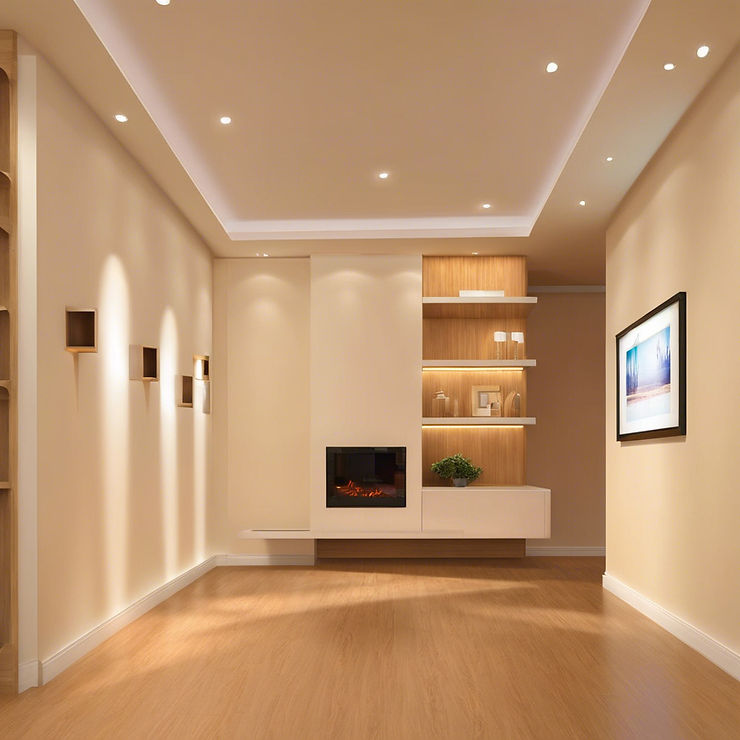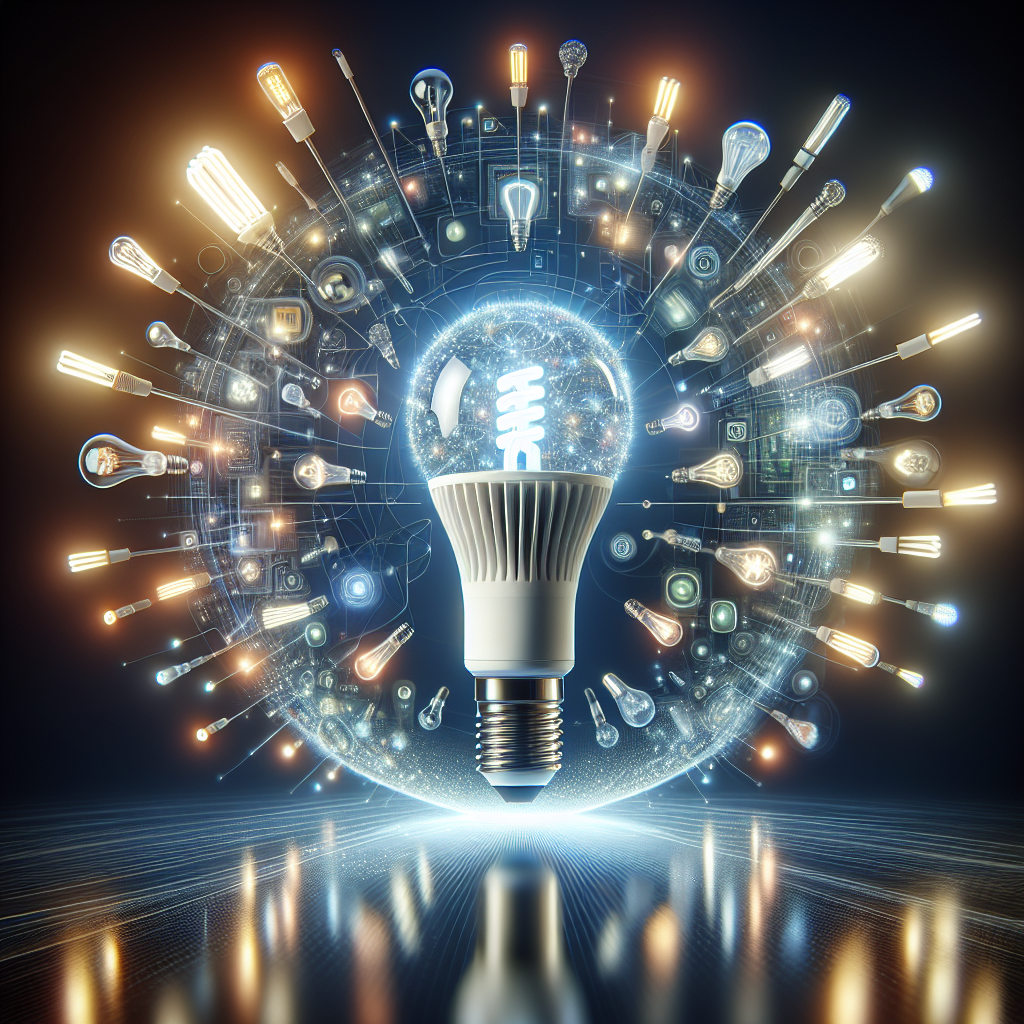
In a world where sustainability is paramount, the realm of lighting is not untouched by the push for energy efficiency. As technology advances and environmental consciousness becomes more prevalent, the lighting industry is evolving rapidly to embrace innovative solutions that not only illuminate spaces but also reduce energy consumption. Let's delve into the latest trends shaping the landscape of energy-efficient lighting.
The Rise of LED Technology
Light-Emitting Diode (LED) lighting has emerged as a game-changer in the quest for energy efficiency. LEDs offer superior energy savings, longevity, and performance compared to traditional incandescent bulbs. Moreover, advancements in LED technology have made them more affordable and versatile, catering to various lighting needs in residential, commercial, and industrial settings.

Smart Lighting Solutions
The integration of smart lighting systems is revolutionizing how we illuminate our surroundings. These systems are designed to adapt to ambient conditions, adjust brightness levels, and can even be controlled remotely via mobile apps or voice commands. By optimizing energy usage based on occupancy and natural light availability, smart lighting solutions are not only convenient but also contribute significantly to energy savings.
Daylight Harvesting Techniques
Daylight harvesting is a sustainable practice gaining traction in the world of lighting design. By incorporating sensors and controls that adjust artificial lighting based on natural daylight levels, buildings can maximize the use of available sunlight, thereby reducing the reliance on electricity during daylight hours. This approach not only conserves energy but also creates more dynamic and comfortable lighting environments.
Energy-Efficient Fixtures and Luminaires
The design of light fixtures and luminaires is evolving to prioritize energy efficiency without compromising on aesthetics. From lighting fixtures made from sustainable materials to luminaires equipped with advanced reflectors and optics that minimize light wastage, manufacturers are focusing on creating products that are as environmentally friendly as they are visually appealing.
Human-Centric Lighting
In the quest to enhance occupant well-being and productivity, the concept of human-centric lighting is gaining momentum. This approach emphasizes the impact of lighting on human circadian rhythms and overall health. By tuning the color temperature and intensity of light to mimic natural daylight patterns, human-centric lighting solutions aim to improve concentration, mood, and overall comfort in interior spaces.
Conclusion
As we navigate towards a future that prioritizes sustainability and energy efficiency, the realm of lighting continues to evolve, driven by innovation and a commitment to reducing environmental impact. From the widespread adoption of LED technology to the integration of smart lighting systems and human-centric design principles, the latest energy-efficient lighting trends are not just illuminating spaces but also illuminating a path towards a more sustainable future.
Embrace the light, embrace the future!
Keywords: Energy-Efficient Lighting, LED Technology, Smart Lighting, Daylight Harvesting, Human-Centric Lighting.










